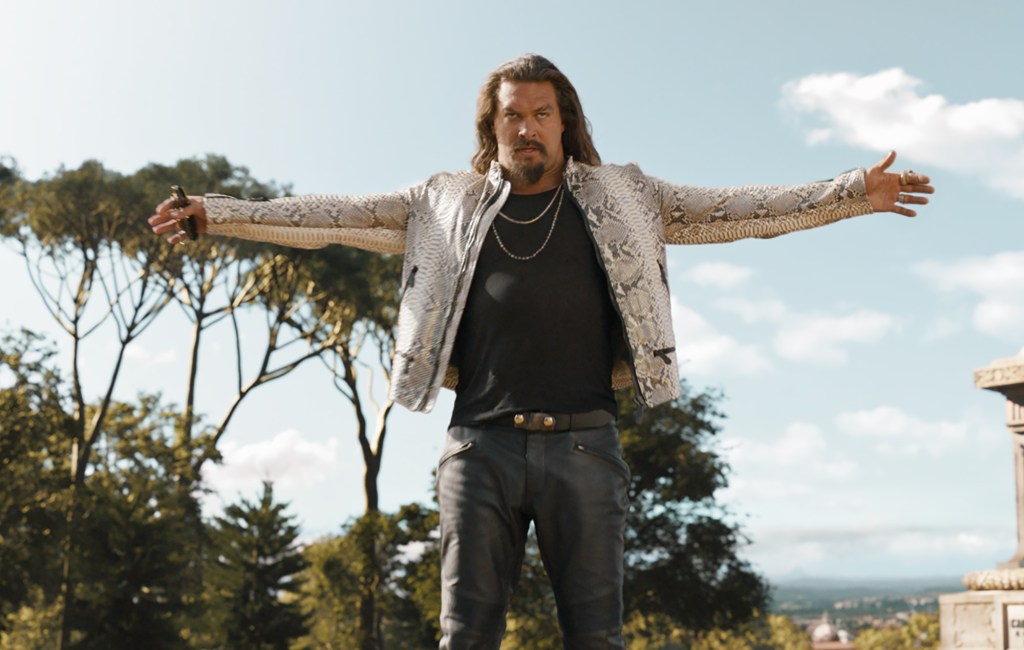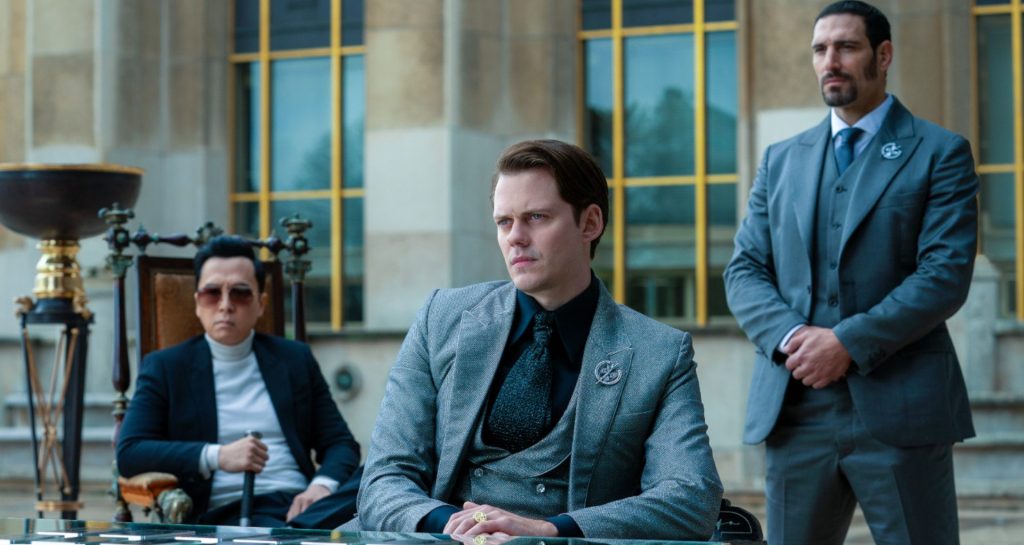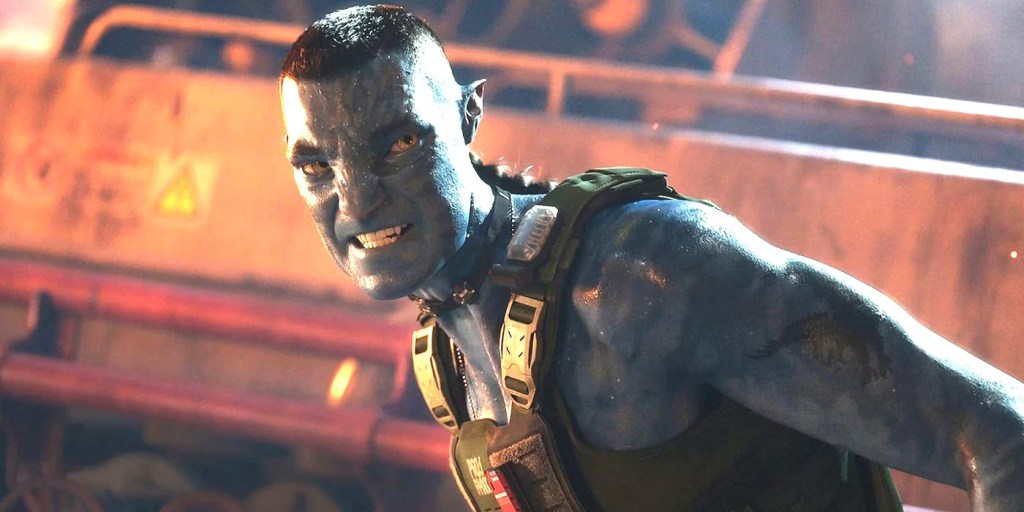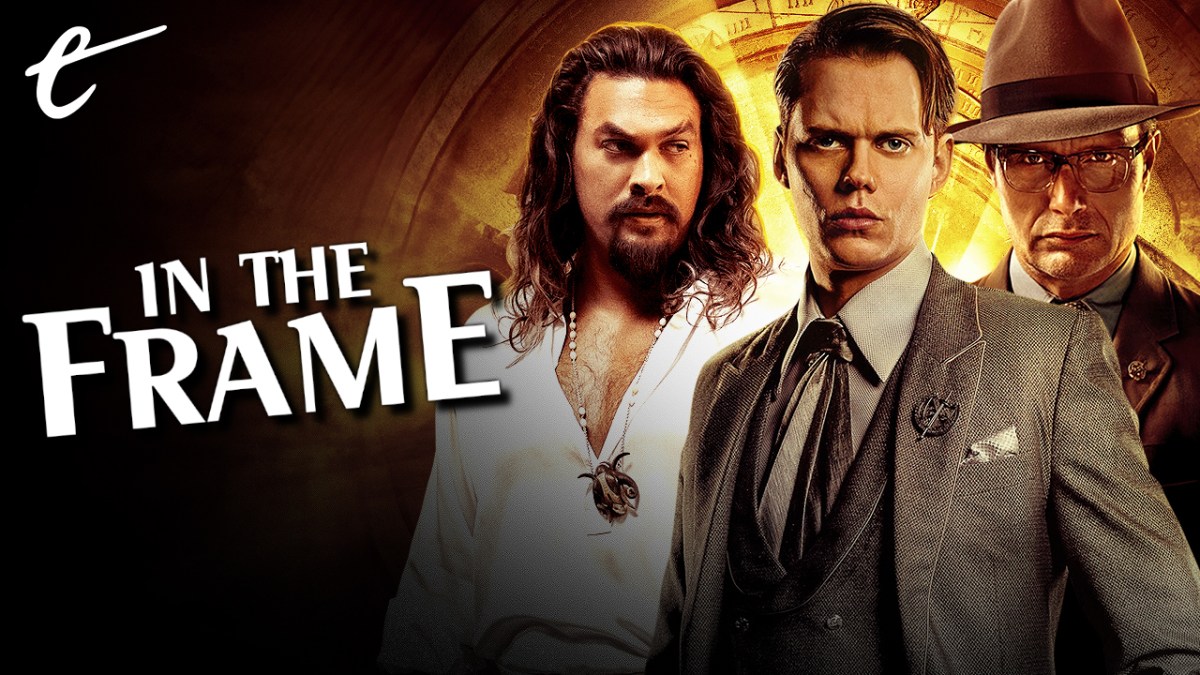It is an old cliché that a hero is only as good as their villain, and a truly compelling villain is the hero of their own narrative. Many fans and critics will contend that a truly effective bad guy is somebody who might conceivably convince the audience to root for them, who might even shade the hero of the narrative in some of their own ambiguity. As such, it is interesting that one of the big recurring trends of this year’s would-be blockbusters is a complete absence of that moral relativity.
There are any number of examples, often in franchises that have historically traded in somewhat sympathetic villains. The Fast & Furious franchise, for example, often finds foils like Luke Hobbs (Dwayne Johnson), Deckard Shaw (Jason Statham), Cipher (Charlize Theron), or Jakob Toretto (John Cena) swapping sides and aligning with the Fast family, however reluctantly. Indeed, Fate of the Furious inverted the dynamic, with Dominic Toretto (Vin Diesel) effectively turning heel on his friends.
In contrast, Fast X goes out of its way to provide a foil who is completely beyond redemption. Sure, Dante Reyes (Jason Momoa) has a fairly understandable motivation for seeking to destroy the heroes. They killed his father, Hernan Reyes (Joaquim de Almeida), and he has sworn vengeance. Still, Hernan was the villain of Fast Five and Dante is presented as a malicious sadist who announces his intentions by attempting to blow up the Vatican. Dante’s redemption seems somewhat unlikely.
Similarly, many of the most successful villains in the Marvel Cinematic Universe have been framed as somewhat sympathetic. Killmonger (Michael B. Jordan) from Black Panther has been described as “the best Marvel supervillain ever,” in part because he proves that “the best comic-book villains are those who might easily have been the hero of the piece.” There has long been a similar dynamic at play with Magneto (Ian McKellen, Michael Fassbender), a recurring fixture of Fox’s X-Men movies.

Similarly, Avengers: Infinity War works hard to give sympathetic motivations to Thanos (Josh Brolin), with co-writer Christopher Markus hoping that audiences would come away from the movie feeling that they “can’t say he was wrong.” As Markus’ partner, Stephen McFeely, points out, Infinity War is structured so that Thanos is the closest thing that the movie has to a protagonist, which creates an implicit empathy between the audience and the character, regardless of motivation.
In contrast, this year’s Marvel movies avoided that sort of moral ambiguity and complexity. Ant-Man and the Wasp: Quantumania sets up Kang the Conqueror (Jonathan Majors) as the major antagonist of the next run of movies, occupying a similar narrative space to that taken up by Thanos. However, Quantumania never tries to make Kang seem particularly sympathetic. He boasts about killing Avengers and destroying timelines and is introduced as the despot ruler of the Quantum Realm.
Guardians of the Galaxy Vol. 3 also avoids any effort to make the High Evolutionary (Chukwudi Iwuji) seem particularly sympathetic. He is a eugenicist who tortures animals and burns entire planets, ranting about his perfect design for the universe. Peter Quill (Chris Pratt) even interrupts one of his big motive rants, demonstrating little patience for a would-be dictator trying to justify mass extermination. The High Evolutionary is a complete and unequivocal monster.
John Wick: Chapter 4 sets its protagonist (Keanu Reeves) against sympathetic foils like Caine (Donnie Yen) and Mr. Nobody (Shamier Anderson), but they ultimately end up as allies. Befitting a film franchise that established its villains with the murder of a dog, the bad guys of Chapter 4 are suitably monstrous figures like the Marquis Vincent Bisset de Gramont (Bill Skarsgård) and his henchman Chidi (Marko Zaror). There’s no figure like Cassian (Common) from John Wick: Chapter 2.

It has also been a big summer for Nazis, even outside of the news. Jalmari Helander’s Sisu throws its hero (Jorma Tommila) up against a platoon of Nazis. Although the bulk of the action is set in 1969, Indiana Jones and the Dial of Destiny once again finds its protagonist (Harrison Ford) punching Nazis like Colonel Weber (Thomas Kretschmann) and Jürgen Voller (Mads Mikkelsen). The film goes out of its way to have Jones and other characters identify the villains as Nazis.
Even narratives that might initially seem sympathetic to their foils, such as that of Creed III, ultimately make the antagonist’s villainy clear. Creed III introduces Damian Anderson (Jonathan Majors) as a sympathetic figure with an understandable envy of his old friend Adonis Creed (Michael B. Jordan). Damian went to prison and watched Adonis live the life that he wanted. However, Damian’s human frustrations give way to increasingly cynical and calculated manipulations of Adonis, defining him as the villain of the piece.
There have been a handful of exceptions, often animated films aimed at children. Elemental has no single antagonist. Even the flooding of Bernie Lumen’s (Ronnie del Carmen) shop is a result of a leak in the city’s infrastructure. However, as a counterpoint, Ruby Gillman: Teenage Kraken suggests that empathy might end a generations-long feud between krakens and mermaids, before revealing that mermaid queen Nerissa (Annie Murphy) is as much a monstrous villain as legends have suggested.
Spider-Man: Across the Spider-Verse provides a sympathetic backstory to Miguel O’Hara (Oscar Isaac), even as he takes up arms against Miles Morales (Shameik Moore). Even then, the film still has the Spot (Jason Schwartzman) introduce himself to Miles as his “archnemesis.” The Spot is given a reasonably sympathetic backstory as the victim of an accident tied to Miles’ origin, but he is also a self-styled villain whose motivation is largely to “level up” as a supervillain.

Interestingly, many of these clear-cut villains were well received. In some cases, they received more praise than the movies themselves. Jason Momoa’s performance in Fast X was singled out as “the franchise’s best villain by a long shot,” even as the film was met with poor reviews. Quantumania was one of the worst-reviewed movies ever released by Marvel Studios, but Jonathan Majors was singled out as “the best part” of the film.
There is also a broader sense that audiences are responding to this shift. The two highest-grossing movies of last year were Top Gun: Maverick and Avatar: The Way of Water, two movies with very straightforward villains. In Maverick, the “rogue state” is never even explicitly identified. They are literally faceless enemies. The human antagonists of The Way of Water gleefully hunt and massacre the planet’s indigenous wildlife to harvest anti-aging oil for the super-wealthy back home.
This represents an interesting shift, particularly given years of arguments that the best villains are those with sympathetic motivations. The moral simplicity of these villains might be part of the appeal. There is something cathartic in watching heroes square off against clearly defined villains, facing bad guys that are unequivocally bad. There is no shortage of pleasure to be derived from Indiana Jones punching some Nazis or a gigantic space whale avenging itself on vindictive poachers.
More to the point, these sorts of narratives can be comforting at a moment when the world is in chaos. There is a land war taking place in Europe, there was an attempted coup in the United States, and hard-won human rights are under siege. The former president of the United States is facing two indictments. Cost of living has increased dramatically. In the midst of all this, the American government seems unable to function. This is to say nothing of the recent global pandemic.

This can be overwhelming. There is something appealing about stories where the villains are helpfully and handily identified as such, without any uncertainty. It is satisfying to see unambiguous good triumph in the face of unambiguous evil. Those stories resonate. This may also explain why moviegoers have shifted away from the wry and ironic tone that defined so much recent pop culture, instead embracing a “new sincerity” in movies like Maverick and The Way of Water.
Perhaps there has also been a shift in the understanding of the nature of evil in the modern world. Historically, narratives have tended to romanticize villains, giving these antagonists compelling motivations and presenting them as complex figures. There has been a very humanist argument that these monsters must have some humanity buried within them, that they must be multifaceted individuals and that they can be understood or comprehended if people pay enough attention.
The past few years have undermined this romantic notion of a sophisticated and nuanced evil. In recent years, audiences in the real world have realized that evil is often dumb, inarticulate, and petty and that there exist large numbers of people for whom the “only real, authentic pleasure is in cruelty.” These real-life villains are not masterminds playing four-dimensional chess; they are despots acting on impulse and criminals boasting loudly on tape recordings about their crimes.
As such, it makes sense that the portrayal of villains in pop culture has shifted over the past few years. Blockbuster cinema has moved away from tragic and sympathetic antagonists who are misunderstood, instead embracing a more thuggish and direct sort of villainy. Sometimes it’s good to let villains be bad.






Published: Jul 7, 2023 11:00 am